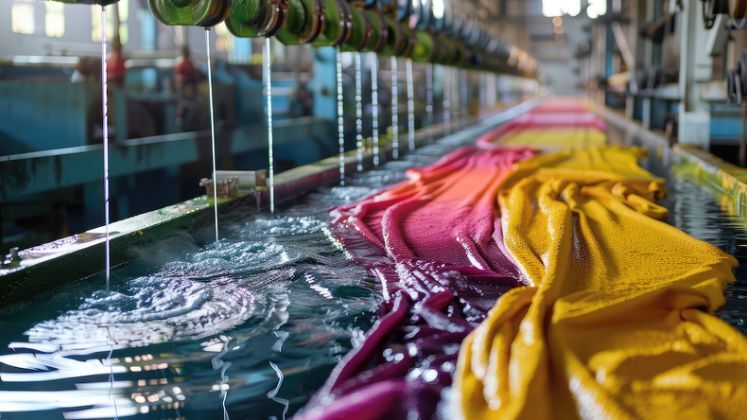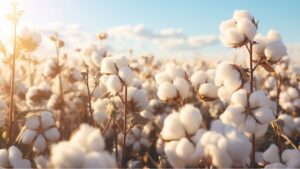
Bangladesh’s garment and textile factories are making significant strides in water conservation, cutting groundwater use through rainwater harvesting and advanced washing and dyeing technologies. The shift is driven by both environmental concerns and growing pressure from international retailers to reduce water footprints.
According to the International Finance Corporation’s PaCT programme, over 338 factories have reduced annual freshwater consumption by 25 million cubic metres and cut wastewater discharge by more than 21 million cubic metres after adopting water-efficient practices.
Industry insiders say that a decade ago, washing one kilogramme of denim fabric consumed nearly 200 litres of groundwater. The figure has since dropped to around 50–53 litres, with new technology allowing factories to bring this down further to 25–30 litres.
Groundwater depletion has been particularly alarming in industrial zones, where levels are falling by about three metres per year. To ease reliance, many factories now deploy harvested rainwater for non-critical uses such as toilet flushing, while purified water is still required for textile washing and dyeing.
Fakir Apparels Ltd, based in Narayanganj, cut its water use to 65–68 litres per kilogramme of fabric through new machinery and rainwater harvesting. “Rainwater currently meets about 30 percent of our total demand,” said Chief Operating Officer Bakhtiar Uddin Ahmed. “But buyers want further reductions, so we’re preparing to add more advanced systems.”
Square Textiles has also lowered usage from as high as 120–150 litres to about 53 litres per kilogramme, said Director of Operations Sayeed Ahmad Chowdhury. “Reuse and recycling of water, alongside rainwater harvesting, have played a major role,” he noted.
Plummy Fashions Ltd, one of the country’s most eco-friendly factories, saves roughly 40 percent of its water through rainwater harvesting. Still, Managing Director Fazlul Hoque pointed out that harvested rainwater cannot be used directly for washing and dyeing. “With the latest technology, water use could be reduced to just 20 litres per kilogramme of fabric,” he added.
Sustainability consultant Ananta Ahmed, managing director of 360 Solution Ltd and a faculty member at the US Green Building Council, said green factories in Bangladesh already save around 40 percent of their water needs. “With advanced systems, groundwater use for washing and dyeing can fall by as much as 90 percent,” he observed.
Bangladesh has now emerged as a global frontrunner in sustainable apparel production. The country hosts 263 LEED-certified green factories, including 111 Platinum- and 133 Gold-rated sites. Notably, 68 Bangladeshi factories feature in the world’s top 100 highest-rated LEED-certified plants.






